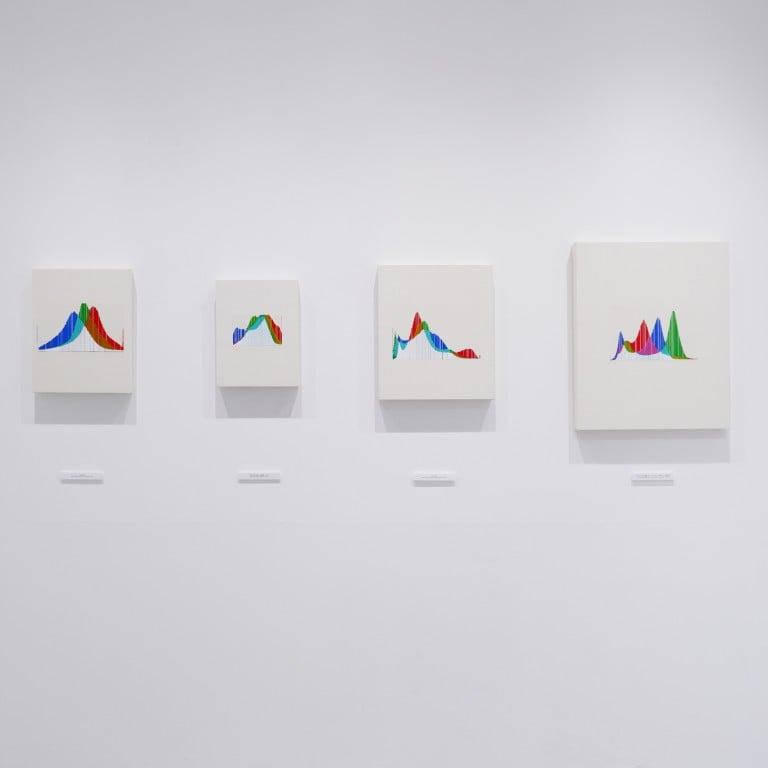
Art Week Tokyo co-founder on its mission: Japanese capital always had art, ‘we just didn’t know how to present it’
- Tokyo is many things, but ‘contemporary art hub’ may not be the first that springs to mind, despite having thriving galleries from Roppongi to Yanaka
- Art Week Tokyo, now in its second year, is starting to change perceptions by making it easier to take in the huge, sprawling city’s many art exhibitions
Home to Art Basel’s Asian outpost, Hong Kong has spent decades cementing its status as the region’s international art hub. But recently, amid the city’s political uncertainties and lingering Covid-19 restrictions, other countries have been vying to become the centre of Asia’s art market.
Singapore is also in the race, with the inaugural ART SG, Southeast Asia’s largest ever art fair, pencilled in for January 2023.
Another city that has been cultivating its presence on the international art stage is Tokyo, one of Asia’s – and arguably the world’s – top cultural destinations.

That is not for a lack of art galleries or institutions. It is largely because local and international audiences have not been given the chance to appreciate the diversity of the contemporary art scene and consider it in its entirety, says Atsuko Ninagawa, founder of the Tokyo-based gallery Take Ninagawa.

“Tokyo is huge, as you can see, and we are quite physically separated,” she says. “Museums are doing great exhibitions, and we have great commercial galleries that work really closely with artists. There is also a long history of contemporary arts […] so we have content, but we just didn’t know how to present it.”
With that in mind, Ninagawa and art collector Kazunari Shirai came up with Art Week Tokyo (AWT), a citywide event that connects the capital’s decentralised galleries and museums with joint programming and free specialised bus routes.
By exposing local and international audiences to Tokyo’s most interesting corners, Ninagawa says she hopes to connect the community, activate the art market and give exposure to emerging artists and galleries, who may have been deterred by the entry barriers for international art fairs and exhibitions.
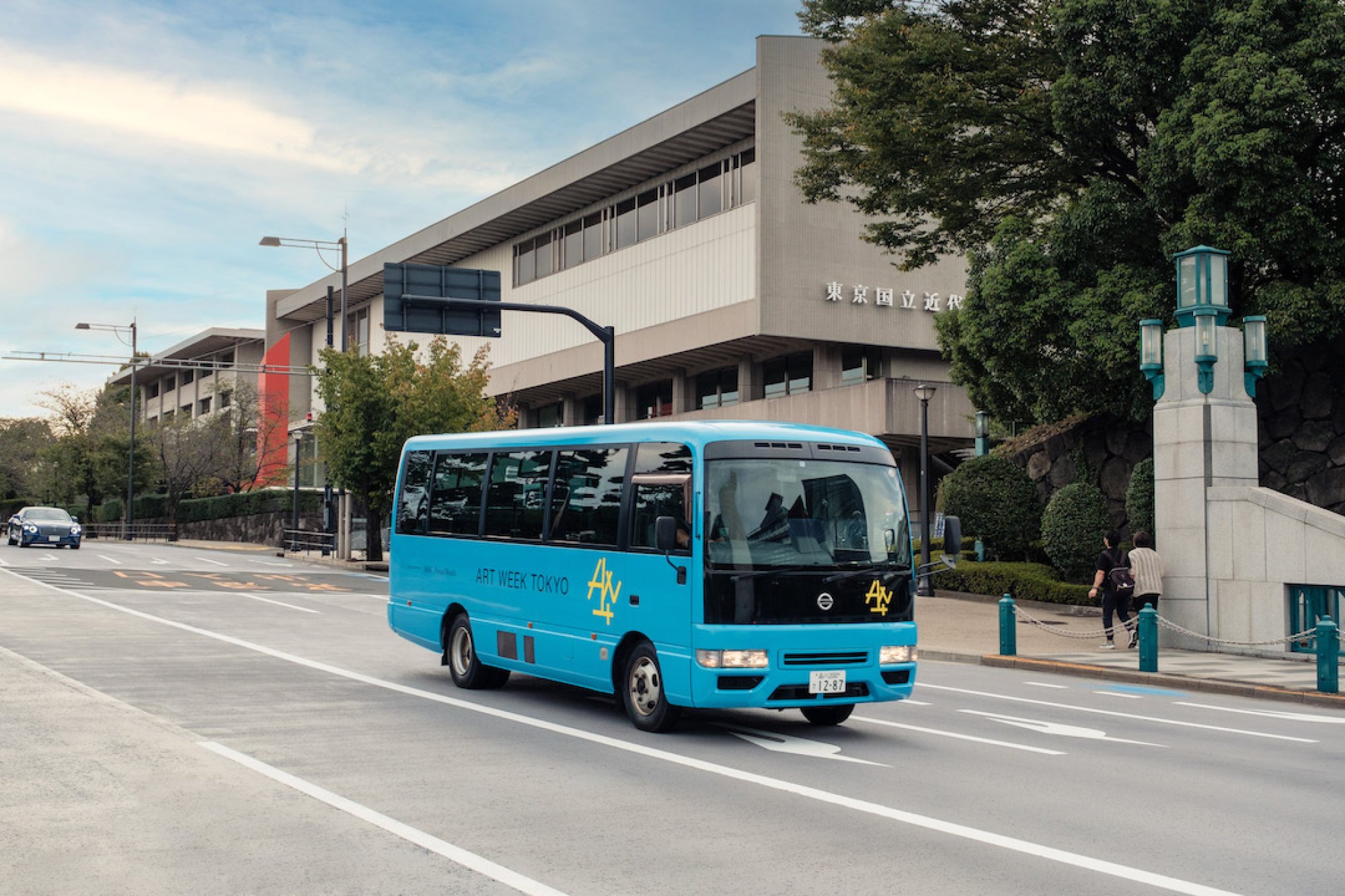
Having debuted last year in a soft launch, the second edition of AWT ran from November 3 to November 6, highlighting 51 of the city’s galleries, institutions and art spaces.
Organised in collaboration with international art fair Art Basel, and with sponsorship from the Tokyo Metropolitan Government and the Agency for Cultural Affairs, 2022’s event was the first open to international travellers.
To participate in the programme, visitors had to download the free AWT Pass app to ride and track in real time the 39 AWT buses across the city. While entry to all galleries was free, adult tickets discounted through the AWT Pass to museum exhibitions ranged from 400 yen (US$2.75) to 1,800 yen.
From internationally renowned museums to those off the beaten path, the spaces featured in AWT hosted exhibitions of work by both established and emerging artists in a variety of artistic mediums.
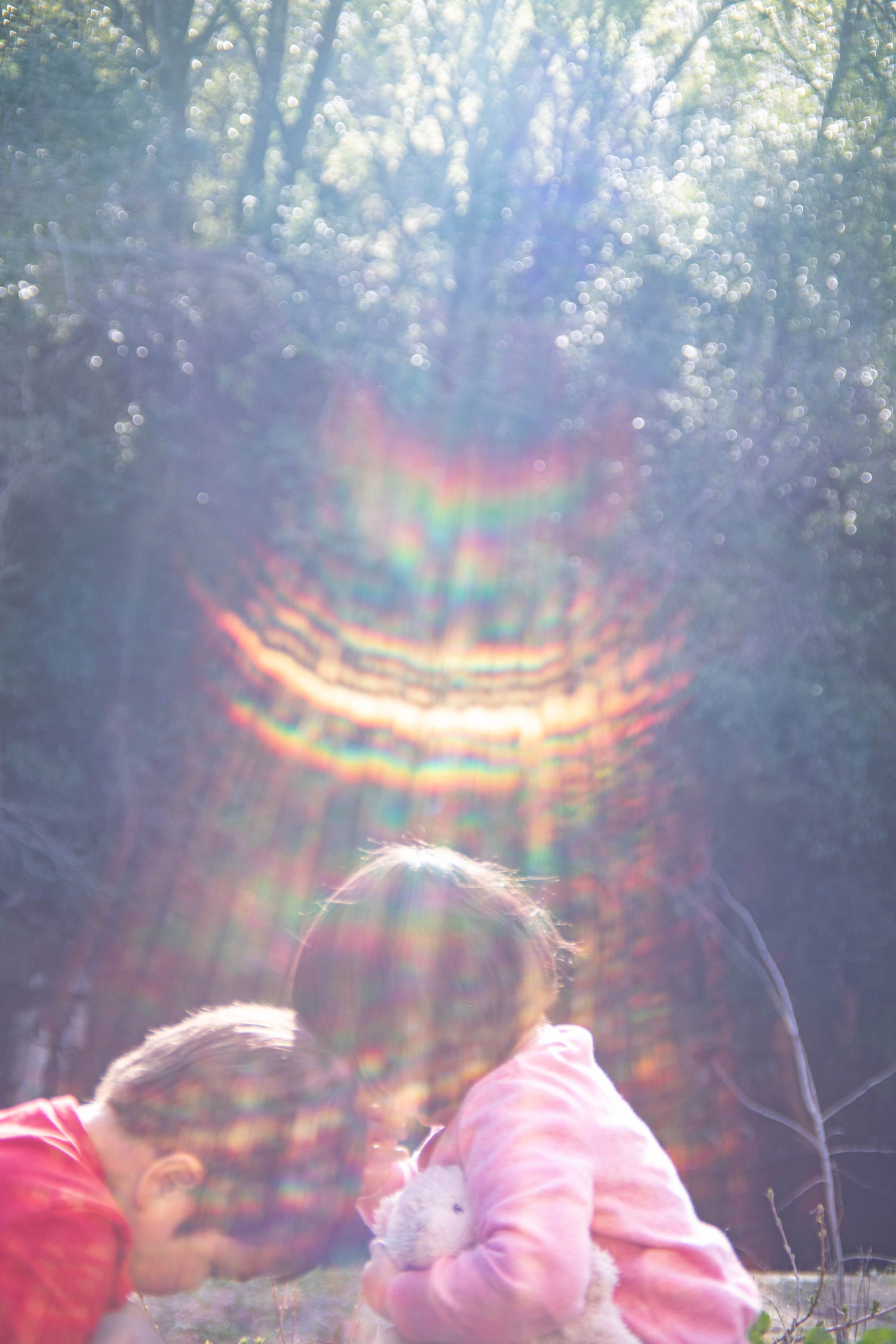
They were to be found across Tokyo, from dynamic Roppongi to traditional Yanaka. Although the dedicated four-day event may be over, many galleries and museums will be showing their AWT exhibitions for weeks to come.
We had the opportunity to tour a number of the galleries and museums that had been chosen to participate in AWT. The following were among the highlights.

Once inside the Tokyo Opera City Tower, skylit windows welcome visitors to the museum’s current exhibition, Rinko Kawauchi’s “M/E On this sphere Endlessly interlinking”.
On show until December 18, Kawauchi’s photographs are imbued with a soft, evocative colouring that highlights the transience and ephemerality of moments in time. The letters in the exhibition’s name honour Mother Earth, emphasising a deep reverence for nature that is embodied throughout the exhibition.
In one piece, two children are photographed in woods, bathed in rainbow light shining from above; in another, Kawauchi plays with exposure and shadow by photographing a cut and peeled red apple on a blue plate.

Not all of the 180 works on display are photographs – there is also a sound recording of a poem written by Kawauchi played alongside a monochrome photograph obscured by a sheer banner, and a ceiling-high two-channel video installation showing wide-angle and close-up shots of landscapes and nature.
These contribute to an atmosphere that feels intimate and serene, despite the expansive spaces in which they are shown.
Too small to be considered a fully fledged museum but too large to be thought of as a typical gallery, the Tokyo Opera City Art Gallery has a sleek, contemporary white-cube design that allows for an in-depth viewing of Kawauchi’s extensive body of work, and complements other exhibitions held throughout the year.

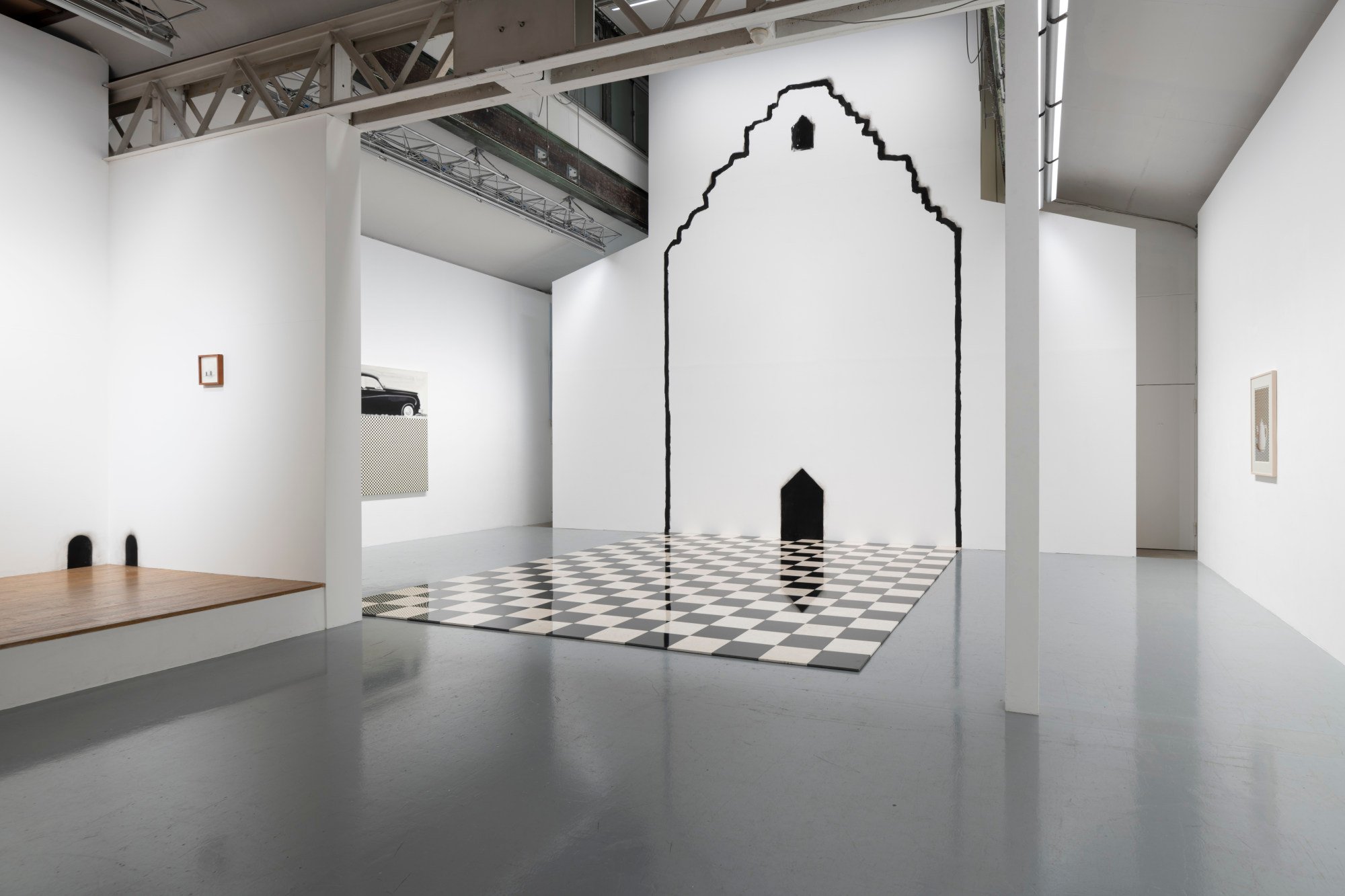
SCAI The Bathhouse operates at three locations in Tokyo, its flagship venue being housed in the sento (a traditional communal bathhouse) in old-town Yanaka that gave the gallery, established in 1993, its name.
The exterior of the main gallery is deceptive – the roof’s traditional tiling and wooden doors suggest a bygone era but, inside, rows of windows along a high ceiling illuminate the main exhibition with natural light, giving the space a contemporary sensibility.
Until December 10, the gallery is showing Mitsuko Miwa’s “Full House”. The cornerstone of the exhibition, also the artist’s largest installation to date, is the outline of the end of a life-size house. Extending from the bottom of the painted outline, and taking the piece from 2D into 3D, is chequerboard flooring made of granite and marble stones.

Behind the House (2022) is a hidden staircase, which is easy to miss. It opens up to a more intimate space complete with a filled bookcase and a smaller, window-lit room containing a sofa.
Here, there are more works that play with perception and optical illusion, including several chequerboard photo collages, titled Self-Montage, that depict teapots.
The bathhouse building dates back more than 200 years and is not out of place in Yanaka, a neighbourhood that can be described as shitamachi, literally “lower city”, which refers to old districts that exude an air of nostalgia.
Ten minutes by foot from SCAI is Yanaka Ginza, a shopping street dotted with market stalls that brim with fresh produce, clothes and snacks. A stone’s throw away is Ueno Park, home to the Tokyo National Museum, the National Museum of Western Art and the Tokyo Metropolitan Art Museum.

Mujin-to Production, in Kotobashi, to the east of the city centre, is another gallery housed in a converted building. Built in 1947 as a cardboard factory, the space was taken over by gallery founder Rika Fujiki in 2019.
It had been vacant for 30 years. To preserve the building’s character, Fujiki retained its wooden doors and the roof’s wooden beams, which have been exposed.
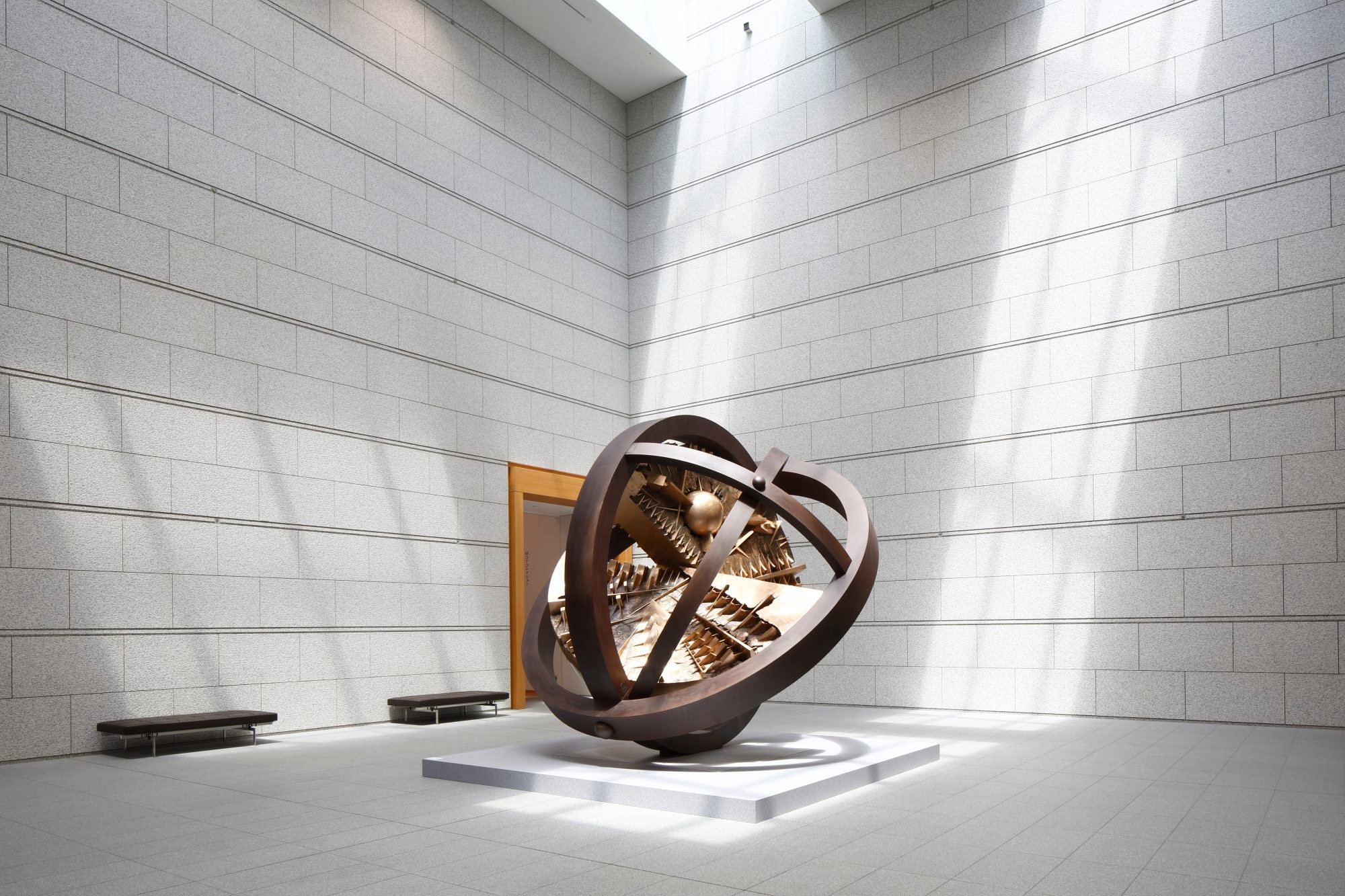
Intrigued by their still-life beauty, Usui has recreated versions of these plastic water bottles in glass, positioning them in recreated cityscapes and everyday contexts, such as atop a life-size car beneath a silver cover and in a shed made of wood and plastic, as a commentary on environmental issues and mass production.
A short walk from Mujin-to Production are two other AWT participants: the Museum of Contemporary Art Tokyo (MOT) and Kana Kawanishi Gallery.
At the former, “MOT Collection: Rewinding the Collection 2nd” will be in place until February 19, and shows works by artists such as Arnaldo Pomodoro, Mitsuko Tabe, Robert Smithson, Lee Ufan and Tatsuo Miyajima.
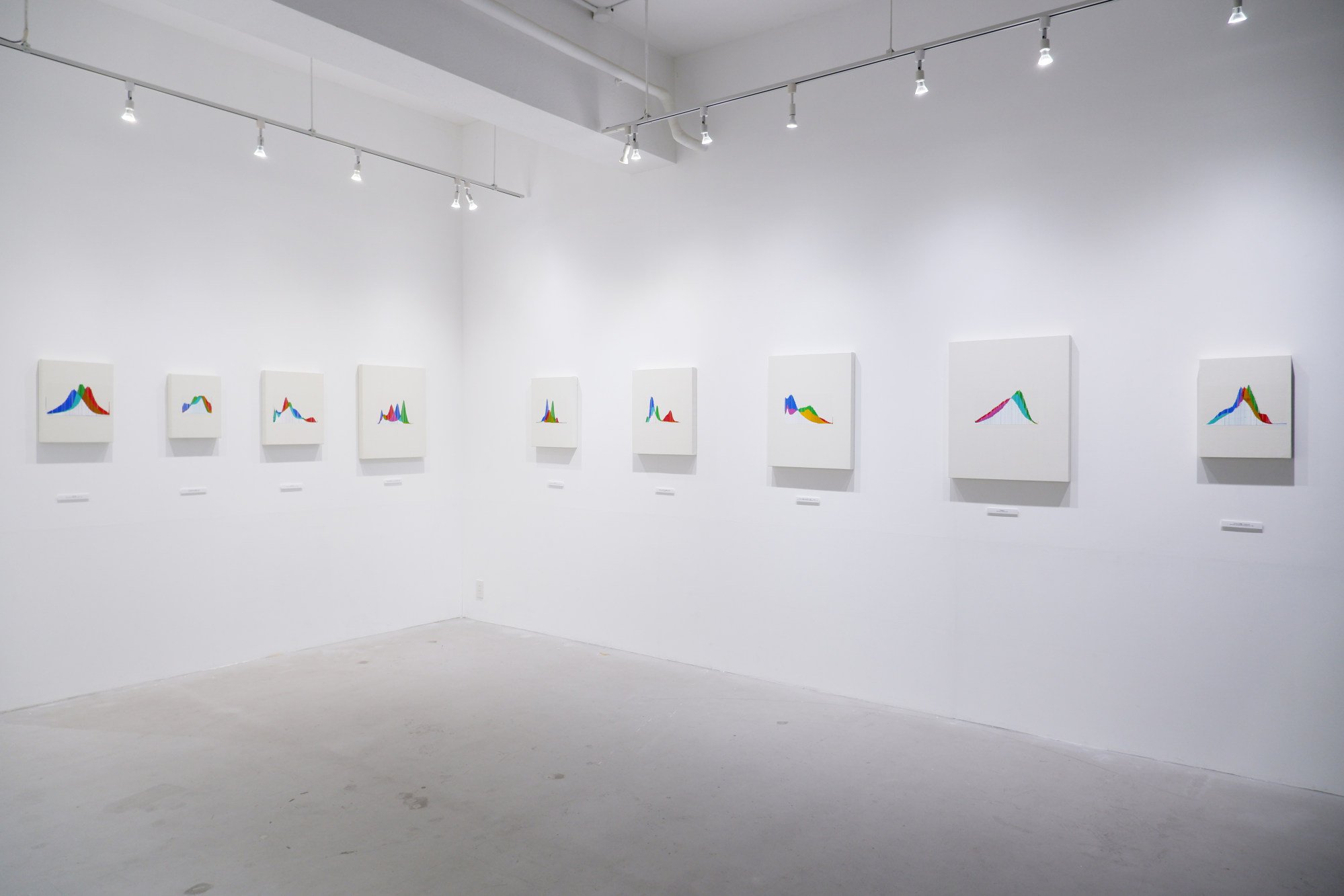
The artwork is displayed chronologically from the 1960s as a reflection of the museum’s history – some works were inherited from the Tokyo Metropolitan Art Museum in 1995, when MOT first opened, while others were acquired during special exhibitions and at other times.
At the Kana Kawanishi Gallery, Hideo Anze is showing a solo exhibition titled “Photogenic Drawing” until December 3. Anze downloaded the digital images of 16 Vincent van Gogh self-portraits from Wikipedia and painted the corresponding image histograms on canvases that match the size of the Dutch Post-Impressionist’s masterpieces, allowing audiences to consider contemporary photography in a new light.
Across town, in Roppongi, an area best known for its nightlife, shopping complex Piramide – recognisable by its pyramid-shaped roofs – is home to more than 10 galleries, including AWT participants such as Perrotin, Ota Fine Arts and Taro Nasu.
Other participants, such as the Taka Ishii Gallery and the Mori Art Museum, are within walking distance.
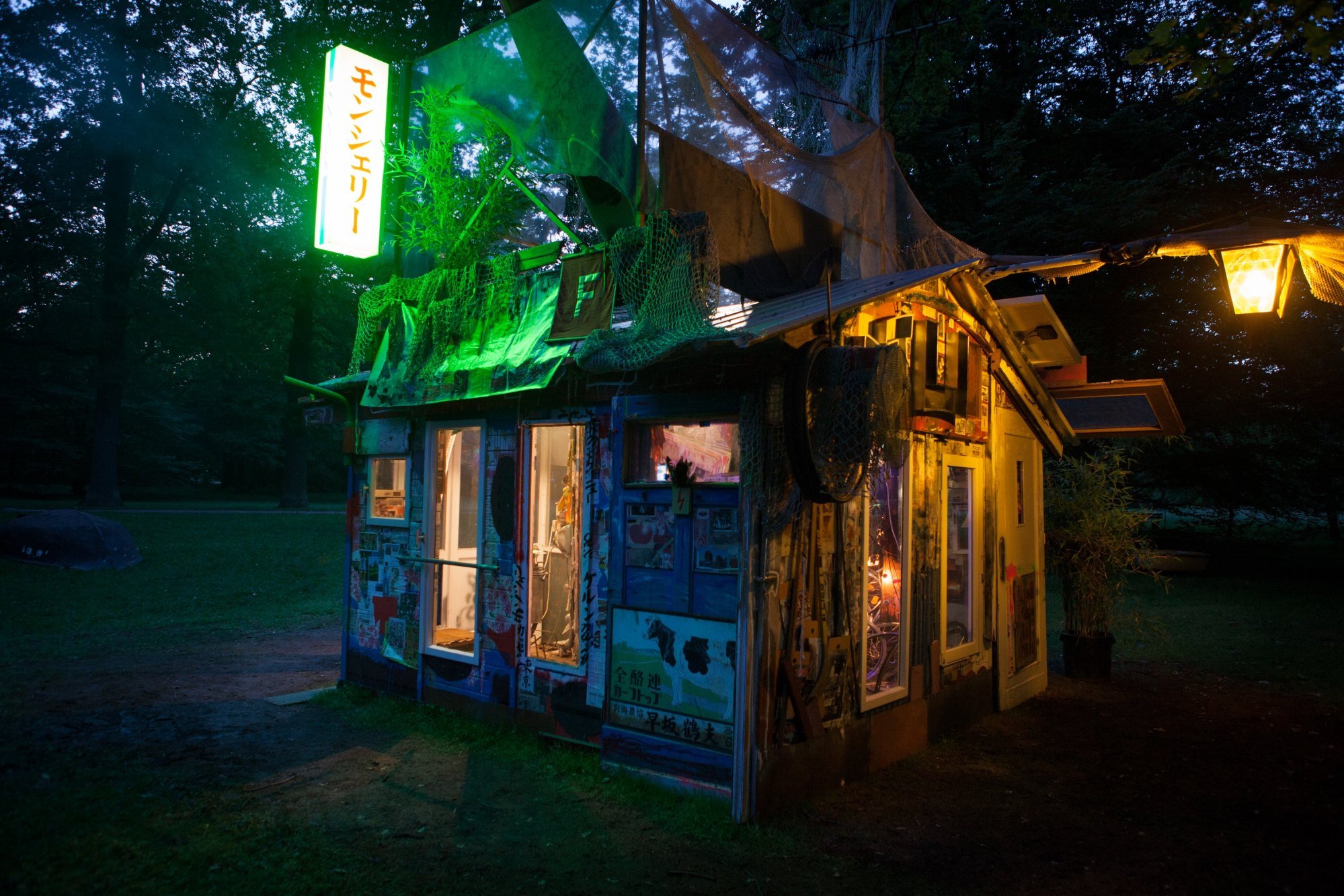
At the National Museum of Modern Art, Tokyo (MOMAT), near the Imperial Palace, the eponymous “Shinro Ohtake” features more than 400 of the Tokyo-born artist’s works. As his first major retrospective in 16 years, the exhibition features Ohtake’s range of multidisciplinary works, which run the gamut of styles from collage to life-size installations and charcoal sketches to sculptures.
The works in the exhibition date back to when Ohtake was nine years old, and some have been created over decades.
Scrapbooking is the artist’s signature; Mon Cheri: A Self-Portrait as a Scrapped Shed (2012), once installed at Tai Kwun’s JC Contemporary, in Hong Kong, is an actual shed plastered with photos, newspaper clippings and posters, and adorned with knick-knacks such as a wooden deer sculpture, hockey sticks and a green neon sign.
There are also audio elements to the installation, including a guitar that automatically strums in response to the movements of visitors.
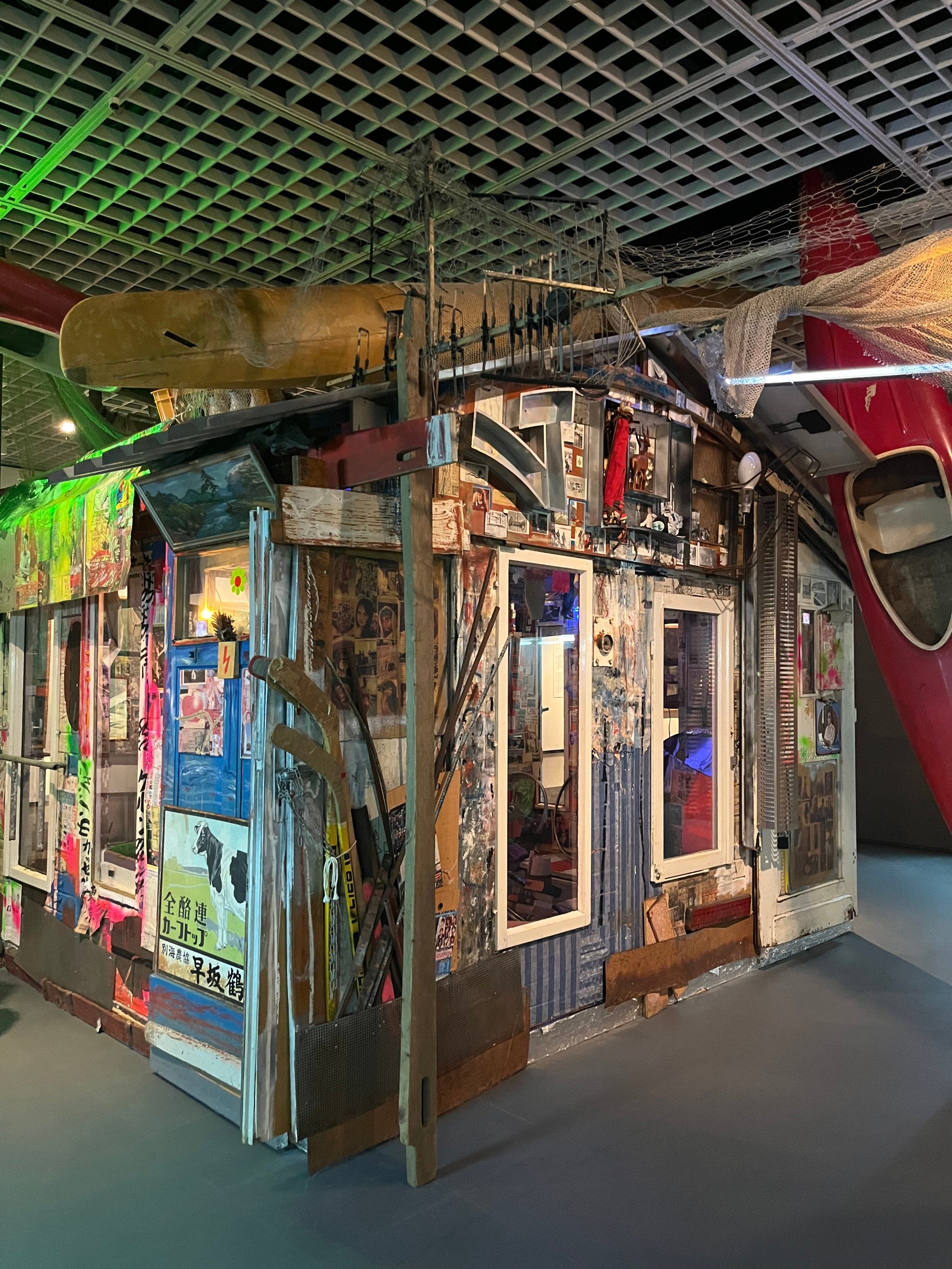

Collectively, the galleries and museums highlighted at AWT 2022 reveal a contemporary art scene that is dynamic and thriving, despite being dispersed across a large city. The format of the event also lent itself to an unusual art-viewing experience.
“I wanted to show this diversity as it is,” says Ninagawa. “I didn’t want to put all these diversities into one big pocket and say, ‘This is Japan’.”
She sought to deliver people to the individual spaces so that galleries and artist representatives could develop a relationship with visitors. “They can create their own communication so that it’s easier for visitors to understand what their art is, what they are presenting.”
The goal is for stakeholders, and the public, to develop a deeper understanding of contemporary art in Japan.
“That’s why we are putting effort into developing educational platforms to share ideas about contemporary art with Japanese audiences, to introduce art history to Japanese audiences, but also internationally, we want to present what kind of discourse we have here,” Ninagawa says.











